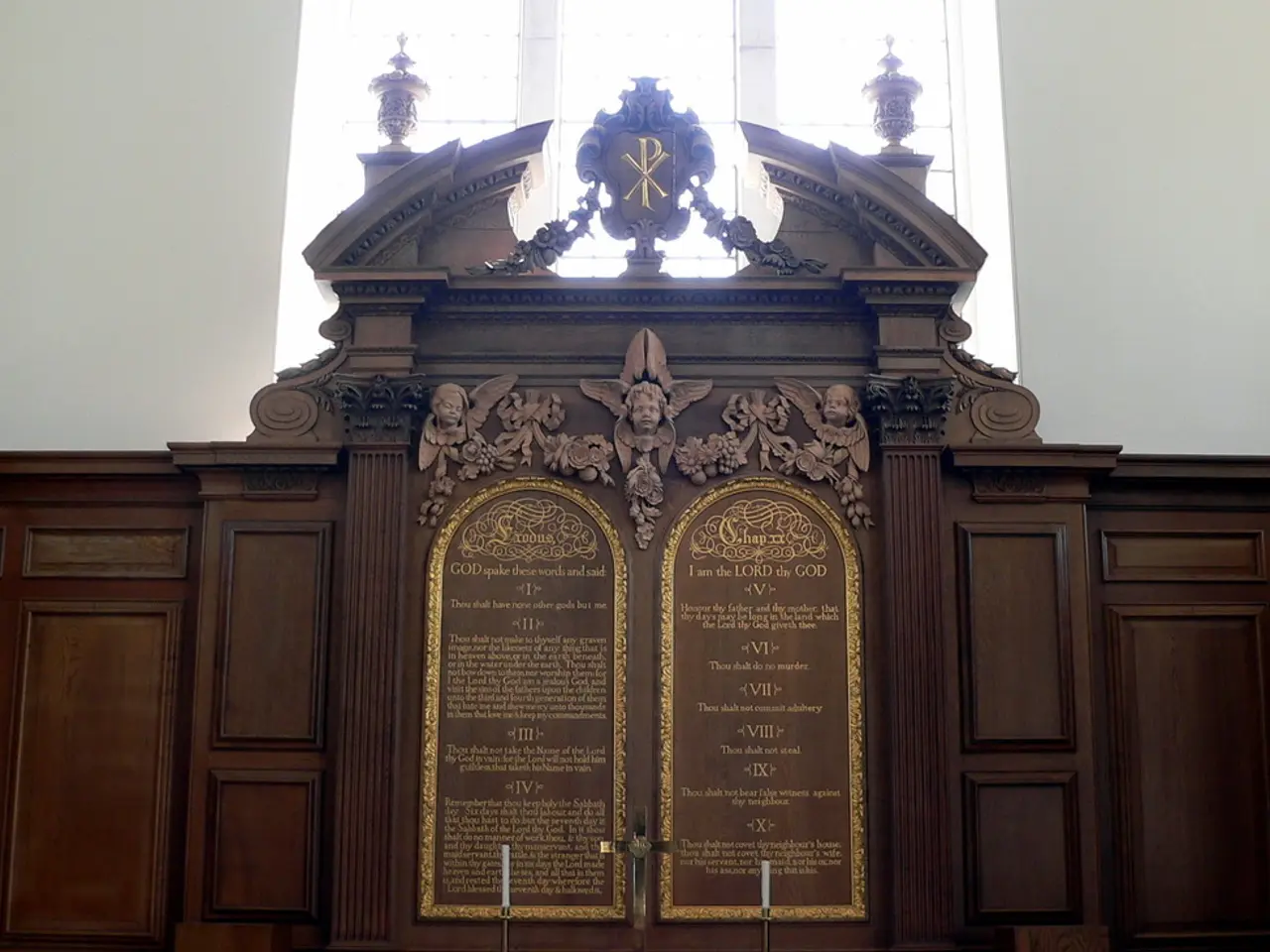Art belongs to all, with art being a universally essential aspect
In the heart of cities across the globe, theaters, operas, and museums stand as testaments to human creativity and expression. However, these cultural institutions have faced accusations of elitism, with many people feeling excluded due to socio-economic barriers or a lack of awareness about accessibility measures.
Previous experiences with racism in the theater have made it challenging for black communities to feel comfortable participating. This is a significant issue that needs to be addressed, as cultural spaces should be welcoming for everyone. Berlin's mayor's statement that cashiers wouldn't go to the opera suggests a lack of imagination in imagining people from different socio-economic backgrounds participating in cultural events.
Critics often accuse cultural places of being elitist, and this accusation can become a self-fulfilling prophecy. To combat this, efforts should be made to make art accessible to everyone, both by creating it and by informing the public about it.
One key approach is embedding equity, diversity, inclusion, and accessibility (EDIA) in cultural planning. Municipal and cultural organizations are prioritizing equity and accessibility by integrating these principles into their strategies, ensuring that arts programs and spaces are welcoming and inclusive for people regardless of socioeconomic background or disability.
Implementing and promoting social tickets and solidarity pricing is another strategy. Offering pay-what-you-can or tiered pricing models helps lower economic barriers. However, the challenge remains in effectively communicating these options to potential audiences unfamiliar with such models. Transparent, simple, and widespread promotion through trusted community channels can improve awareness.
Reducing mental barriers and increasing knowledge is also crucial. These include perceptions that art is elitist or that one needs prior knowledge to participate. Approaches such as immersive events, welcoming language on websites, family-friendly guides, bilingual signage, and outreach programs help normalize cultural participation and make it feel more accessible.
Community and leadership engagement is another essential component. Building cultural leadership and capacity focused on inclusion strengthens long-term accessibility. Involving diverse community members, including those with disabilities or from marginalized groups, as advisors or artists ensures programming resonates broadly and barriers are addressed authentically.
Using targeted marketing and communication strategies is another key approach. Leveraging social media, local influencers, and programmatic advertising tailored to diverse audiences helps reach people who might not otherwise engage due to lack of information or perceived exclusivity.
In summary, making art and culture more accessible and less elitist requires systemic embedding of inclusion principles, effective communication of economic access models like social tickets, and proactive community engagement to dismantle social and mental barriers. Successful examples emphasize transparent pricing, varied programming, accessible spaces, and culturally responsive outreach to broaden participation.
It is crucial for cultural creators to continue making art for everyone and informing them about it. The internet may connect people, but it's not the same as experiencing art and culture in physical spaces. Theaters and museums are places for people to come together, analyze, and discuss. They are essential for bringing people together and fostering real-life exchange in cities.
It takes time for positive changes in accessibility to reach the public, particularly for those who have been excluded for a long time. Efforts have been made to encourage participation from black communities in theater after past experiences with racism. The political priority list includes the defense and expansion of the cultural landscape. Theaters and museums are not exclusive to the educated middle class or academics; they are for everyone.
References:
[1] Wijesinghe, S. (2021). The Role of Inclusion in the Arts. Arts Professional. https://www.artprofessional.co.uk/articles/views/the-role-of-inclusion-in-the-arts/
[2] Tate. (2021). Access and Inclusion. Tate. https://www.tate.org.uk/about-us/access-and-inclusion
[3] National Endowment for the Arts. (2021). Equity, Diversity, Inclusion, and Accessibility (EDIA). National Endowment for the Arts. https://www.arts.gov/ed/equity-diversity-inclusion-accessibility
[4] Arts Council England. (2021). Equality, Diversity and Inclusion. Arts Council England. https://www.artscouncilengland.org/about-us/our-policies/equality-diversity-and-inclusion/
- "To ensure that everyone, regardless of socio-economic background, can appreciate the beauty of art and fashion, steps should be taken to make lifestyle, fashion-and-beauty, food-and-drink, travel events and experiences more accessible, following the similar principles of cultural institutions."
- "Not merely destinations for the educated middle class or academics, theaters, museums, and other cultural spaces should also serve as platforms for diverse food, fashion, and travel enthusiasts to share their experiences, promoting a more inclusive and welcoming lifestyle atmosphere."




